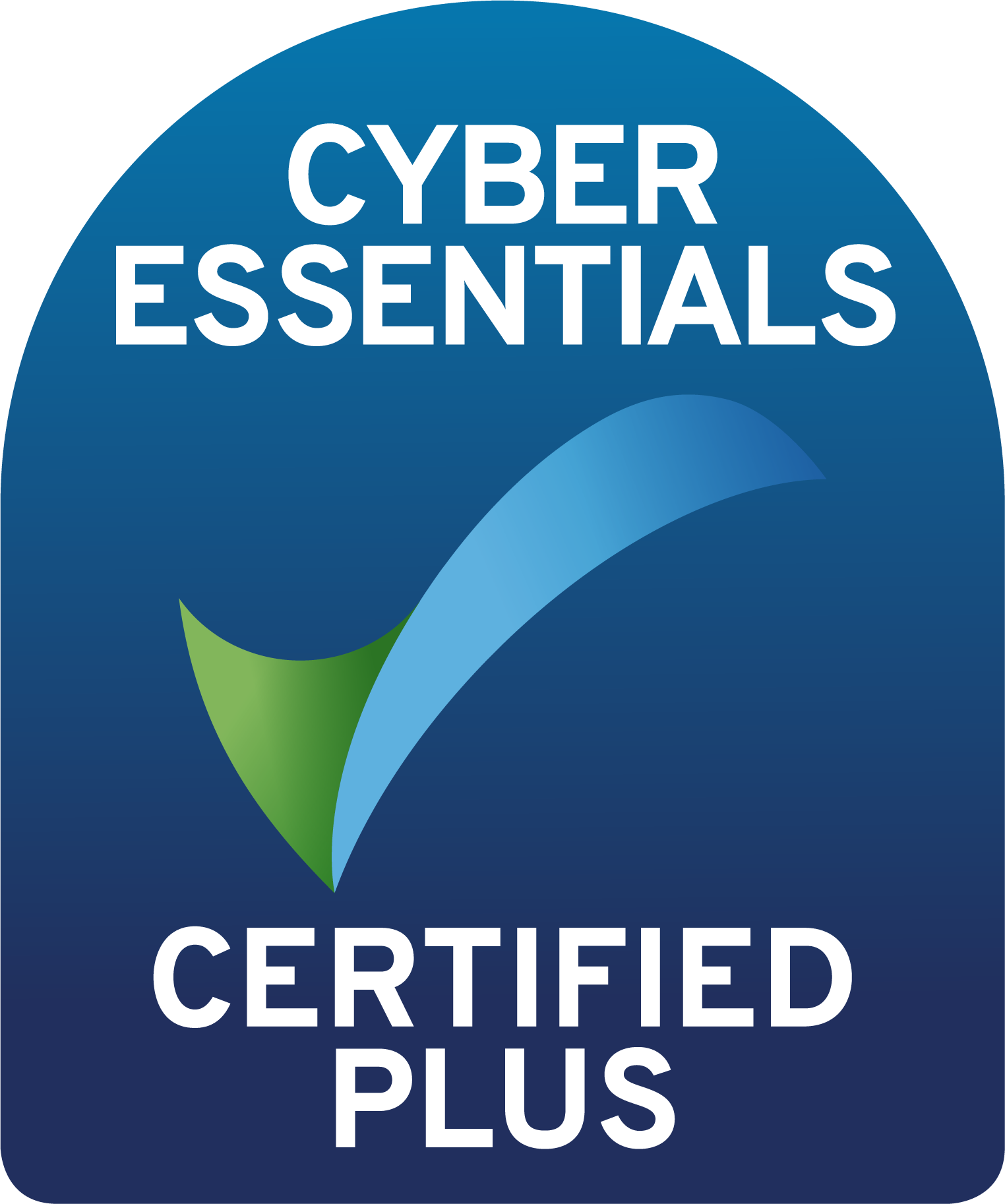Has the pandemic changed employee benefits forever?
- 42% of employers changed their benefit programs as a result of the pandemic, according to Willis Towers Watson.
- How can technology support the future of employee benefits as they become more and more personalized?
- Everything HR leaders need to know before deploying new employee benefits technology.
The COVID-19 pandemic has completely disrupted how businesses operate. Among other things, it has transformed where employees work and how HR teams attract, hire, and retain talent. As a result, there has been an increased focus on people and their needs.
Research by global insurance brokerage and advisory firm Willis Towers Watson’s UK research found that 42% of companies made changes to their benefits programs due to the pandemic.
It’s clear that “COVID-19 has broadened the scope of employee benefits at an unprecedented scale,” notes Virgile Loisance, CEO of Emeraude Escape, a Paris-based company that designs bespoke escape room experiences for businesses.
[Read more: Taking employee rewards online? Here’s how to adapt your HR tech stack]
Companies have had to “think outside the box with regards to providing new experiences to their remote workforce,” Loisance adds.
It seems most HR professionals are in agreement on this. Karen Thornley, the CEO of consultancy firm Innecto, which is part of the Personal Group, notes how the pandemic has brought employee benefits to the forefront, forcing companies to “evaluate and revalue their offerings”. The Personal Group has its own employee engagement platform Hapi, which allows companies to customize their employee benefits offering.
In addition, Sarah Britton, senior manager of employee operations at Lever, a talent relationship management platform, says HR teams have had to restructure entire programs to “ensure people felt cared for and supported given their unique circumstances”.
But how will this shift transform the future of employee benefits?
Embracing perspnalised benefitS
There is no doubt that remote working is here to stay. Research by global HR consultancy firm Robert Half found that almost half of 1,000 employees surveyed preferred hybrid working and a recent report by Microsoft also concurred that hybrid was the future of work.
However, this means companies need to ensure their benefits offerings are fit for purpose – to allow them to both attract and retain talent – at a time when employees are feeling increasingly empowered.
The advantages are obvious: personalized benefits improve employee engagement, help create better business outcomes, and give employees the opportunity to decide what matters most to them.
In this context, “the need for a bespoke benefits package has never been more pressing”, notes Thornley.
Loisance continues: “Companies can no longer expect to serve every employee’s individual needs with just a few large benefits programs. Rather, it is about ‘pick and choose’ offerings that put employees in control of their benefits.”
“Attempting to meet the needs of staff can often feel like an unachievable task,” adds Thornley, particularly in this new world of remote working, which has suited some, but not others.
Enter Technology
Technology makes this otherwise almost impossible task achievable.
Thornley notes that “data-driven solutions using HR analytics, surveys and forums can help” as they provide HR departments with “instant insights into what a workforce wants to use, and when. HR analytics gathers collective data – allowing you to see which benefits are popular and why.”
“Relying on desktop intranet won’t cut it anymore,” she continues. Employees need — and expect — a mobile platform they can access any time and any where.
Willis Towers Watson’s health and benefits expert Lucie McGrath agrees that employees need to be able to “effectively navigate increasingly complex health benefits and services” and that technology has a crucial role to play in allowing the workforce to do this.
The market is awash with employee benefits platforms that allow customers to customize their approach. For example, Benefit Express recently launched a new offering called My Benefit Express that aims to simplify the process for mployees to access and choose their benefits. It includes a range of lifestyle offerings like loan assistance programs, legal assistance, and pet insurance that staff can opt in and out of depending on their unique circumstances.
Willis Towers Watson’s research also showed that 61% of UK employers believed better communication of benefits was a top priority this year.
Britton believes that implementing bespoke benefits programs provides an opportunity for companies to achieve this with the help of their technology platform.
Having an online portal that identifies needs and then provides recommendations to fit those requirements helps to streamline the experience and empower employees about their choices.
However, with the average organization using 88 workplace apps, employees can often feel overwhelmed, so it’s important that the integration is seamless and individuals aren’t asked to use — and remember — different user names and passwords to access the tech stack.
The end-user, the employee, should be central to your strategy and it’s important for you to understand how they interact with technology, leaders, and colleagues. The tech needs to enrich their experience, not disrupt it.
Last, but by no means least, it’s important to remember that technology is the enabler and not the solution. There’s no point in implementing a new app or solution just because it looks good if it lacks the substance required to really empower employees about their choice of benefits and beyond.
Article published on Unleash on 9th April 2021





